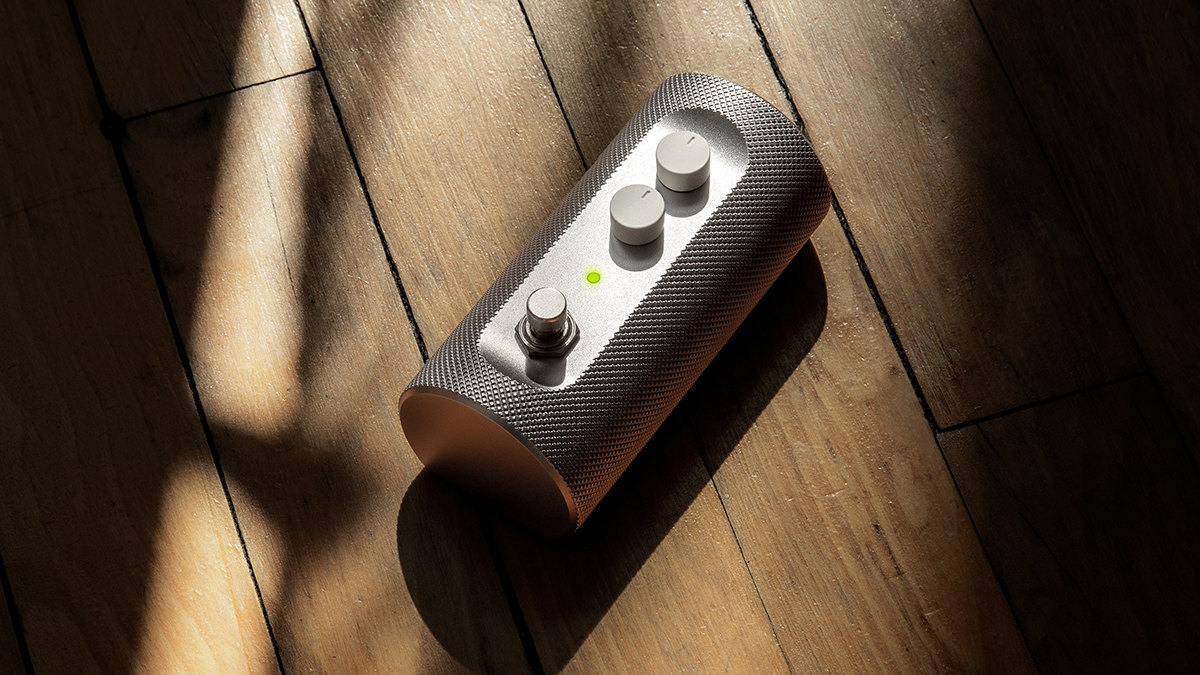
There are countless Fuzz Face clones currently on the market, but none of them are quite like the one that's been developed by Andrew Ferrier.
An industrial engineer by trade with experience in Europe and the US, Ferrier has fashioned a fuzz pedal that not only looks to update the classic tones of the trailblazing stompbox, but one that seemingly redefines pedal design in the process.
Just look at the thing. Does it look like any fuzz you’ve ever seen? We’re certainly scratching our heads to find the nearest comparison.
To that end, pedal design is a relatively static phenomenon, and while stompboxes arrive in all sizes and dimensions, the following ground rules are usually observed: they are square or rectangular and have some sort of eye-catching artwork or bold design.
Yes, there are some outliers to that admittedly rather oversimplified generalization of pedals – the Fuzz Face was circular, after all – but the point we’re getting at is Ferrier’s fuzz is really unlike anything else out there.
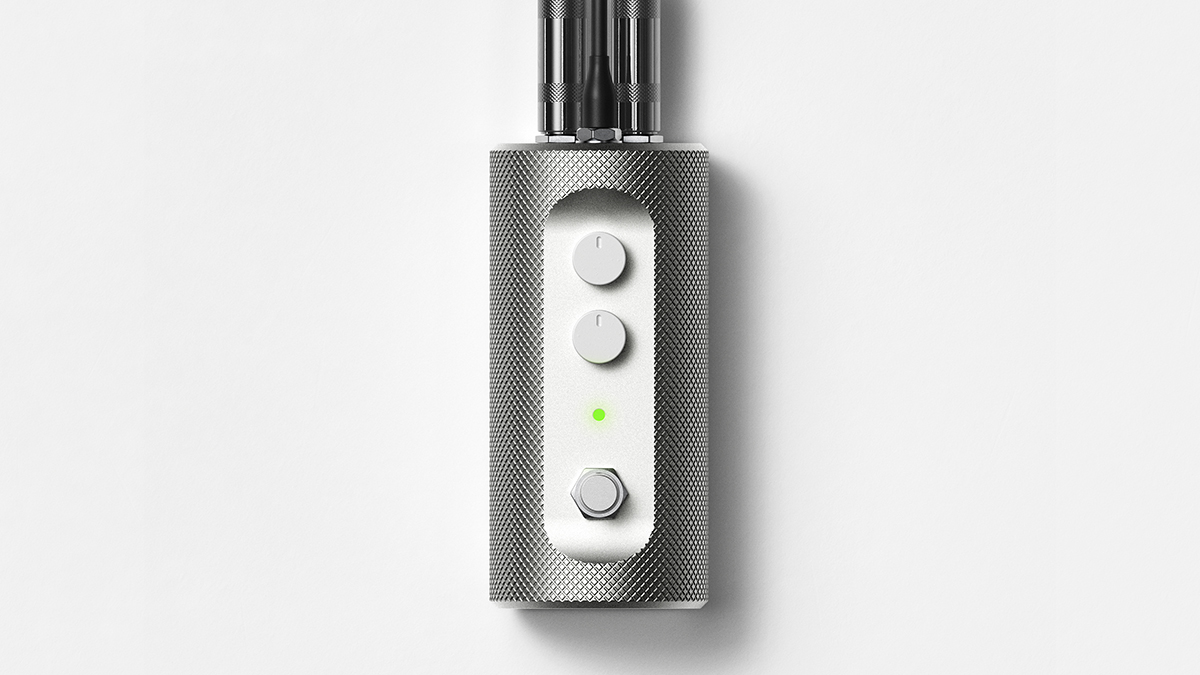
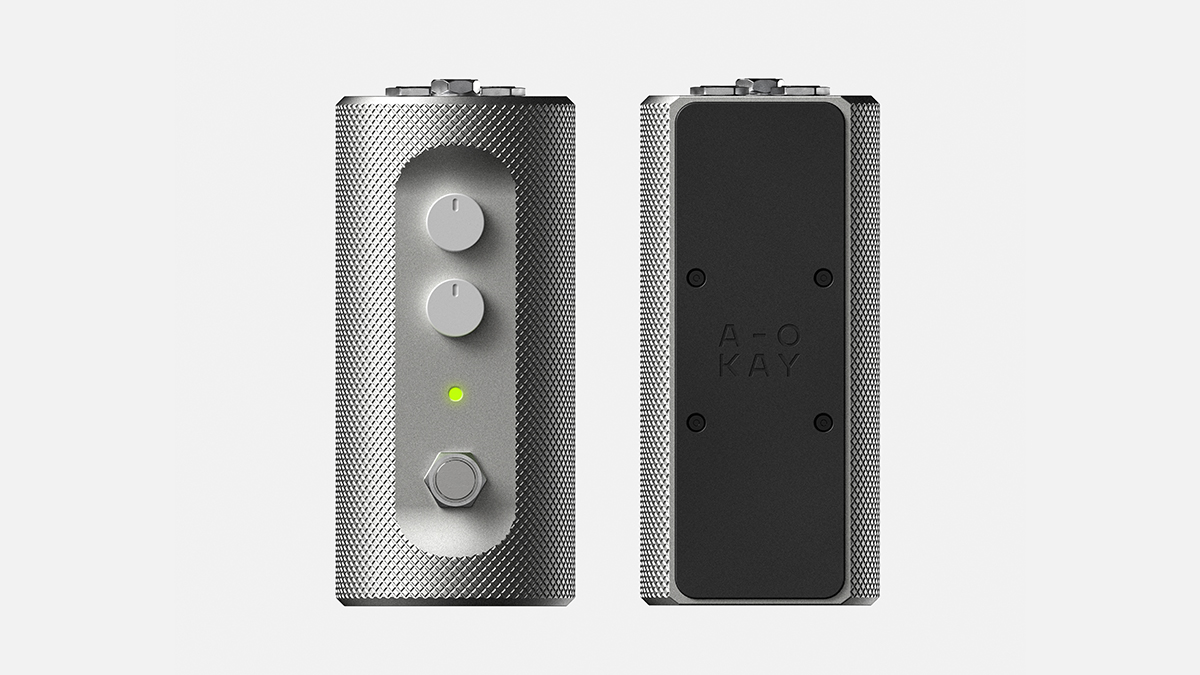
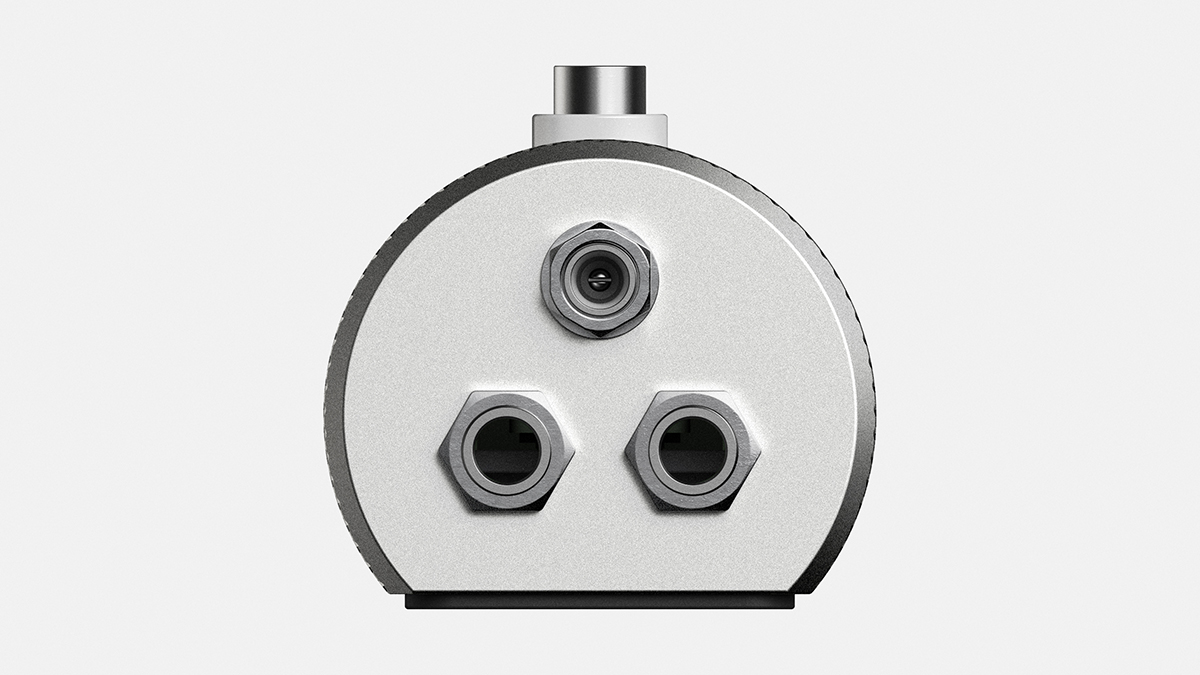
Ferrier’s cylindrical creation, by comparison, looks more like a handheld Bluetooth speaker, or a luxury knurled kitchen handle, rather than a stompbox capable of throwback Fuzz Face sounds.
But Fuzz Face sounds are the order of business for Ferrier’s unit, which has supposedly preserved the pedal’s tonal foundation while pushing “the gain and volume to better fit the dynamics of contemporary music”.
Get The Pick Newsletter
All the latest guitar news, interviews, lessons, reviews, deals and more, direct to your inbox!
In all honesty, we’re not coming here for the sound – we’re here because of the pedal itself, which Ferrier crafted with “durability as a top priority”. Milled from solid aluminum, the unit is anodized and meticulously knurled in a bid to hide scratches.
Not only that, the “aggressive texture” looks to visually reflect the tone of the pedal, while the recessed surface has been included to avoid accidental engagement or undesired parameter adjustments.
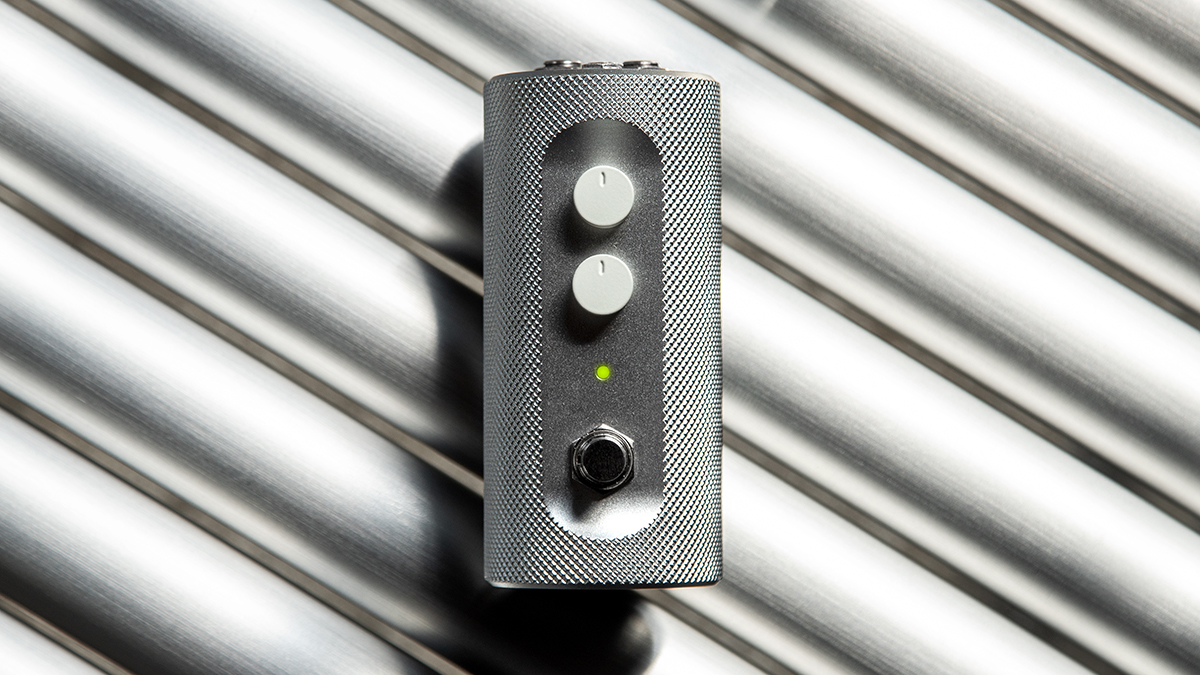
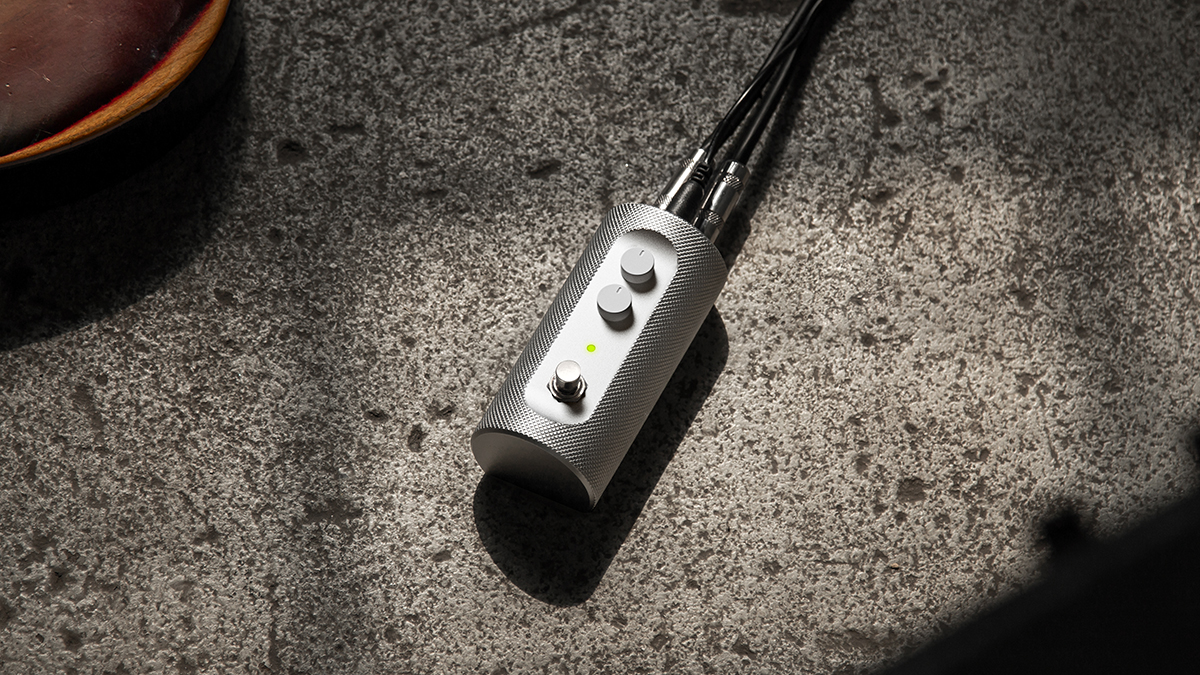
Speaking of parameters, there are two undisclosed knobs in charge of tonal tweaks, though as a Fuzz Face clone it’s safe to assume these are Volume and Fuzz controls.
This is all well and good, but even Ferrier admits his design was partially about standing out: “The design also strives to use the shape and texture of the product to differentiate itself instead of relying on the painted graphics commonly seen in the market,” he says.
Its novelty also has practical implications. With top-mounted jacks and an impressively thin footprint, Ferrier’s fuzz pedal looks like it could squeeze into the busiest of pedalboards with ease.
So, is this the fuzz pedal of the future? Quite possibly, though owing to the industrial engineering background behind the unit, it might not prove to be a popular aesthetic among more established pedal companies. Still, there's no denying it's a stunning-looking stompbox.
To find out more, head over to Andrew Ferrier’s Instagram page.

Matt is the GuitarWorld.com News Editor. He has a Masters in the guitar, a degree in history, and has spent the last 16 years playing everything from blues and jazz to indie and pop. When he’s not combining his passion for writing and music during his day job, Matt records for a number of UK-based bands and songwriters as a session musician.
“Jimi was staying at a hotel in Times Square. He had his hair set in pink curlers and we would just talk band drama”: Electro-Harmonix founder Mike Matthews on befriending Hendrix, booking Chuck Berry and the birth of pedal culture
“Our answer to everything players have asked for and more”: Neural DSP’s Nano Cortex had one major drawback – but now it’s been addressed with a huge free firmware update that takes on Kemper and TONEX










